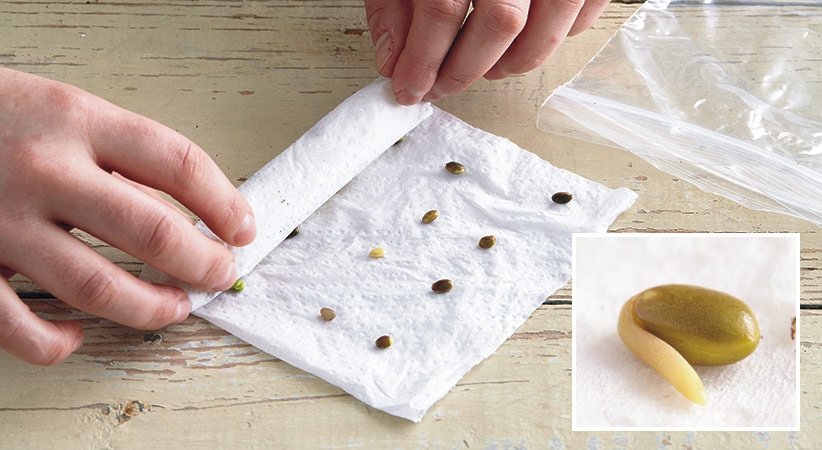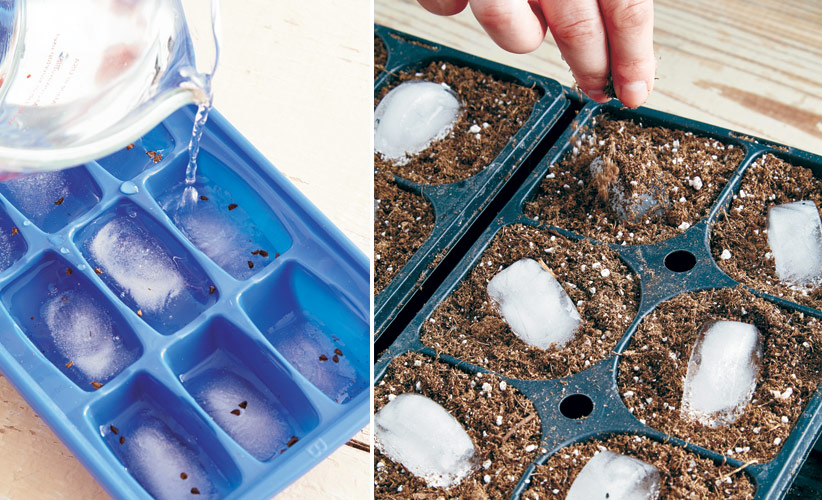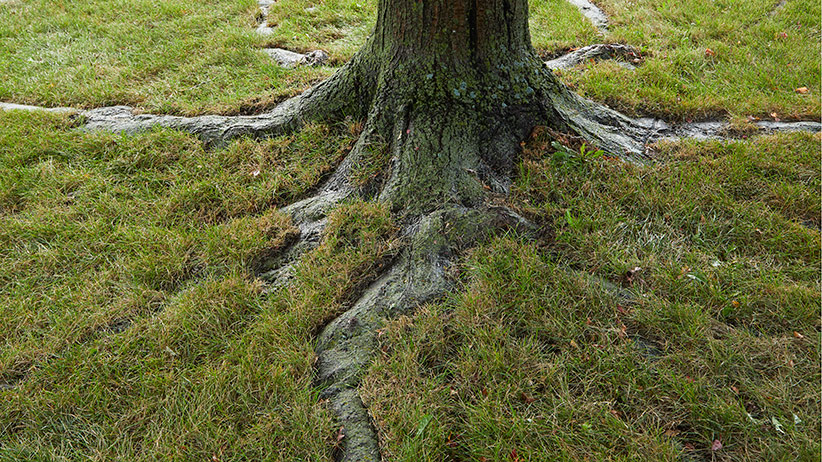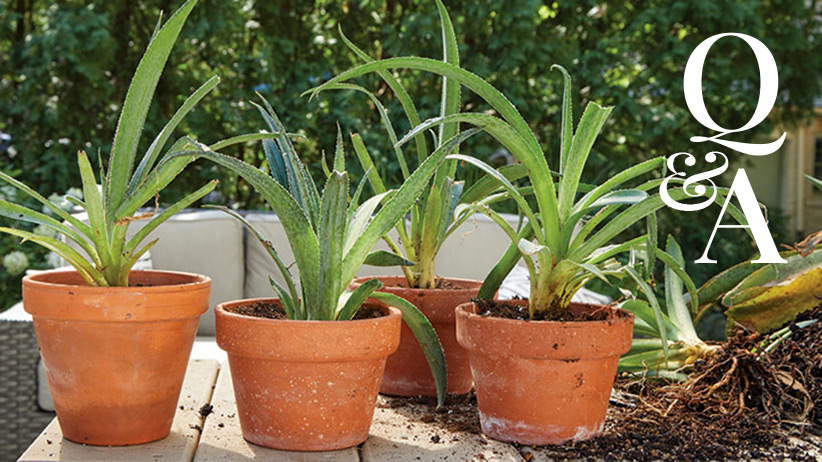
Have you ever found some seeds are trickier to get growing than others? If you’ve ever carefully planted some seeds into the right soil with the right amount of water and still no new plants sprung from the ground, it could be as simple as adding one more step to your planting regime: Prechill your seeds (also known as stratification) for better germination.
Why do I need to prechill/stratify seeds?
Some seeds are tough to start because of naturally-occurring germination inhibitors, such as waxes, hormones, oils or heavy seed coats, that keep the seed from sprouting at the wrong time. We've included a list of seeds that need to be prechilled before planting below.
Prechilling seeds mimics the process that happens in nature: Perennial seeds are dropped on the ground, freeze in winter, get washed by melting snow and rain, and finally break dormancy and sprout in the spring. If you collect seeds yourself and bring them inside, your seeds won’t get the cold temperature they need to germinate. And sometimes you might purchase seeds that recommend a chilling period on the package.
So how do you prechill your seeds? We have three different methods below. Read through the steps for each and decide which is best for you!
Seeds that benefit from prechilling
- Amsonia (Amsonia tabernaemontana)
- Baby’s breath (Gypsophila paniculata)
- Butterfly bush (Buddleia davidii)
- Chinese astilbe (Astilbe chinensis)
- Columbine (Aquilegia hybrids)
- Common milkweed (Asclepias syriaca)
- Coneflower (Echinacea purpurea)
- Delphinium (Delphinium hybrids)
- English daisy (Bellis perennis)
- Gas plant (Dictamnus albus)
- Goldenrod (Solidago spp.)
- Lavender (Lavandula spp.)
- Lupine (Lupinus hybrids)
- Poppy (Papaver spp. and hybrids)
- Spike blazing star (Liatris spp.)
- Turtlehead (Chelone spp.)
How to chill seeds outdoors
The simplest way to achieve a cool period for your seeds is to direct-sow in the ground after a killing frost in late fall to midwinter. The later you sow, the more likely the seed will stay dormant until it is warm enough to germinate. In fact, many people even sow Oriental poppies on top of snow — as it melts, the tiny seeds sink to the ground and start growing as soon as the weather warms a bit.
How to chill seeds outdoors
- Plant seeds into potting mix in flats and tuck them outside in a north or east exposure for the winter.
- Use a cold frame or cover them with a screen to keep animals from digging, while allowing snow to fall and melt into the medium.
- When spring comes, seeds will germinate and be ready to transplant.
You Might Also Like:
Sow Seeds Outdoors in Winter with the Milk Jug Method
Seed-Starting Tips from Our Readers
Sowing Poppy Seeds in Winter
When to Start Seeds Indoors

How to chill seeds indoors
Maybe you’re not ready to plant outside, or you want to get a head start by sowing seed indoors. Though you can chill seeds by just placing the paper packet in the refrigerator, you’ll get better results if the seed is damp. Moisture helps prepare the seed for germination.
For instance, the lupine seeds in the photo above have a hard coat that needs to be nicked with a nail clippers and soaked overnight to soften. Roll them into a damp paper towel so they stay moist, then place them in a plastic bag to chill in the refrigerator for seven days to stratify.
How to chill seeds indoors
- Some seeds with hard coatings need to be nicked with a nail clipper and soaked overnight to soften.
- Roll seeds into a damp paper towel so they stay moist, then place them in a plastic bag to chill in the refigerator for seven days. Refrigerator chilling is best done at 37 to 40 degrees F for up to eight weeks, although one week is enough to stratify most seeds.
- Check the towel every two to three days for seeds starting to germinate.
- Plant those that are sprouted, like the seed in the inset photo above, then remoisten the paper towel. Discard any with mold forming. Be sure to plant moistened seeds right away after the chilling time is up, since the germination process has been triggered.

Chill seeds with ice cubes
Running out of time to plant? Try freezing seeds inside an ice cube for a fast stratification. Don’t freeze seed just in a package unless it has a thick coat or the moisture content is low, because water in the embryo cells can burst when frozen. But encasing it in ice protects the seed from freezing damage.
How to chill seeds with ice cubes
- Fill an ice cube tray half full of water and freeze.
- Set it on the counter a few minutes, just enough to get a film of water on top, then drop two to four seeds on each cube.
- Carefully add more water to the top of the cubes and refreeze.
- Leave it in the freezer two to three days, then pop the iced seeds out of the tray.
- Push the cubes into potting medium. Sprinkled soil on top sticks to the ice, which covers the seed as it melts. Dust with a bit of potting soil on top if the seed needs to be covered. As the ice melts, the seed will settle in.
You Might Also Like:
How to Sow Seeds Outdoors
Garden Design Ideas
Perennial Seeds to Sow in Fall
















